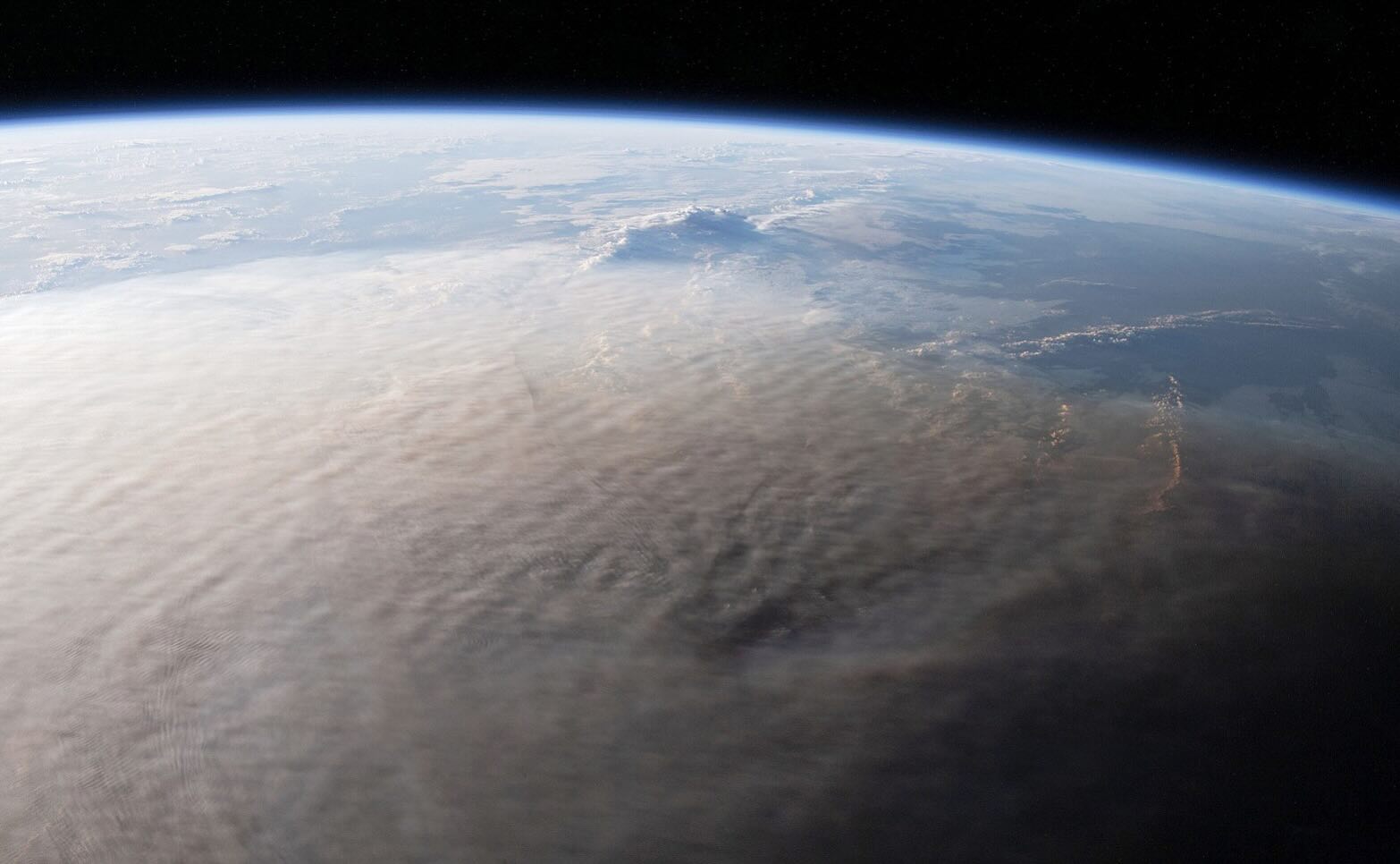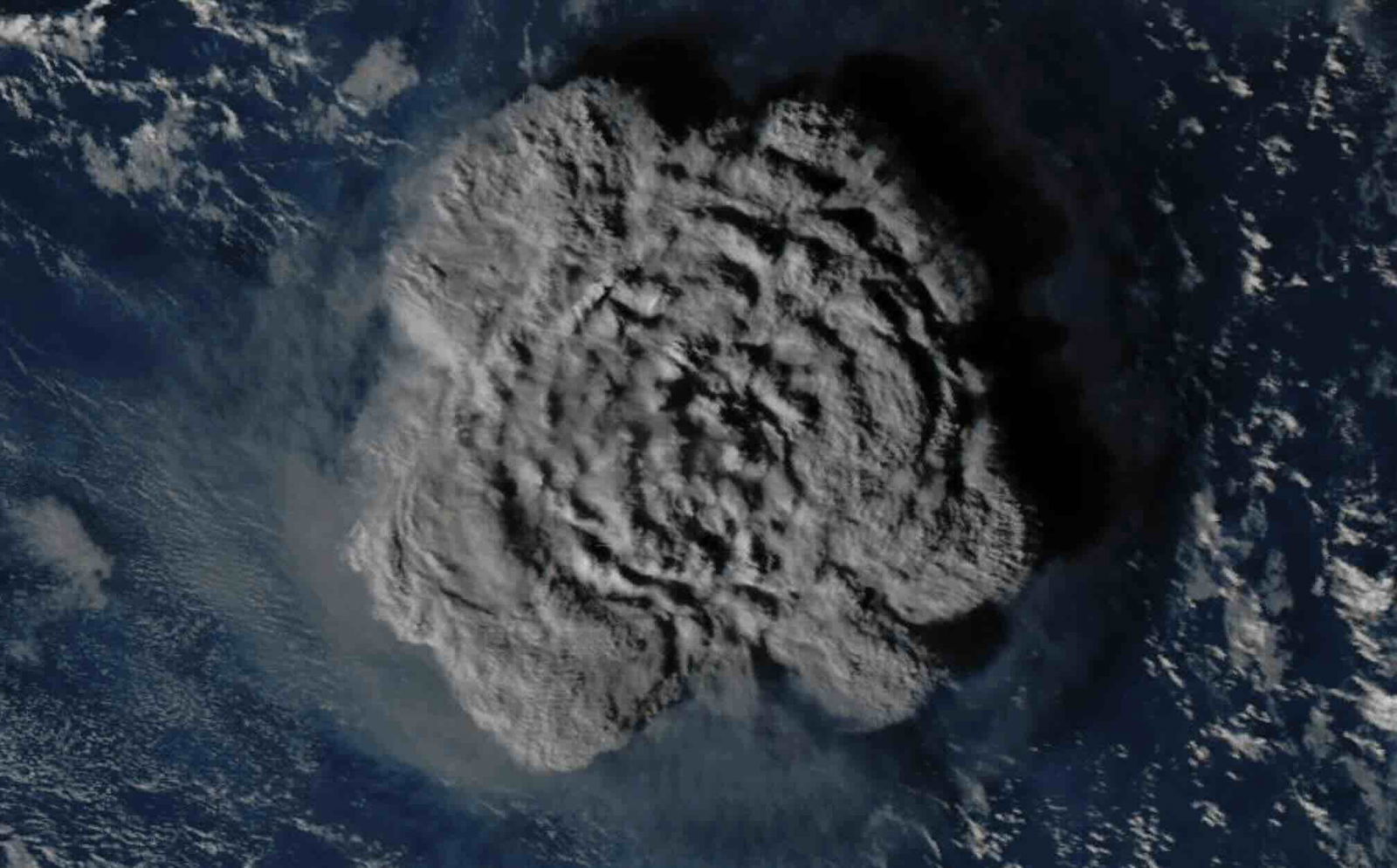Scientists have revealed that seismic data collected shortly before a massive volcanic eruption in 2022 could point to new ways of providing early warning about these potentially life-threatening events, according to newly published findings.
In January 2022, two separate seismic stations successfully recorded a seismic wave that preceded the eruption of the Hunga Tonga Hunga Ha’apai volcano by fifteen minutes. Based on the new research, scientists say that the detection of such signals could help provide a crucial early warning system prior to the eruption of volcanoes, especially in remote oceanic areas.
The Hunga Tonga Eruption: A Deadly Combination
An oceanic volcano in the western Pacific Ocean, Hunga Tonga Hunga Ha’apai is located in the Kingdom of Tonga. The seismic wave detected in early 2022 is believed to have been the result of a fracture that occurred in a weak region of oceanic crust below the volcano’s caldera wall.
Approximately 15 minutes before the primary eruption, the fracture produced by this seismic energy is believed to have allowed a channel through which magma and seawater were able to enter, combining in an area above the volcano’s magma chamber.
The result of this intermixing was a buildup of explosive pressure that researchers believe instigated the massive eruption.


“Early warnings are very important for disaster mitigation,” according to volcanologist Mie Ichihara with the University of Tokyo. This is significant not only due to the dangers directly associated with volcanoes, but also potentially deadly events that are often known to follow them.
“Island volcanoes can generate tsunamis,” Ichihara, one of the coauthors of the new study detailing the research team’s findings, also warned.
Early Warning Through Seismic Signals
During the January 2022 incident, the eruption produced what seismologists identify as a Rayleigh wave, a variety of seismic wave that passes through the Earth’s surface. The wave detected at multiple locations following the eruption of the Hunga Tonga Hunga Ha’apai volcano was detected as far away as 466 miles from the main eruption site.
The seamount where Hunga Tonga-Hunga Ha’apai is located is the result of subduction phenomena associated with the Pacific Plate beneath the Australian Plate. Such processes, according to seismologists, can generate magma in advance of what are often potentially deadly explosive eruptions.
When the record-breaking eruption occurred in January 2022, tremendous amounts of water vapor were ejected skyward, leading to a massive lightning storm and giving rise to a tsunami.
The eruption, which is believed to have occurred just after 4:00 Coordinated Universal Time (UTC), was preceded by a Rayleigh wave that occurred just minutes earlier, with records indicating its appearance on seismic monitors at approximately 3:45 UTC.
Seismic Data Reveals Clues
In their analysis, the research team explored data associated with this Rayleigh wave, which was imperceptible to humans at the time it occurred even while instruments in stations on the islands of Fiji and Futuna detected it hundreds of miles away.
Based on their analysis, this seismic wave is believed to be associated with the precursor event that led to the unprecedented eruption. According to Takuro Horiuchi, a volcanology graduate student at the University of Tokyo, “Many eruptions are preceded by seismic activity. However, such seismic signals are subtle and only detected within several kilometers of the volcano.”
Horiuchi, the lead author of the new study, added that he and his team “believe unusually large movements started at the time of the precursor,” noting the significant distance that the seismic signal had to travel in order to be recorded prior to the eruption, which further illustrates the significant magnitude of the event.
Although much about the event remains mysterious, the team says they think that the precursor event that may have given rise to the main eruption likely began underground, although the precise point of origin is difficult to determine. One of the reasons for this has to do with the relatively small number of similar eruptions that lead to the formation of a caldera that have been directly observed in the past.
“There are very few observed caldera-forming eruptions, and there are even fewer witnessed caldera-forming eruptions in the ocean,” Ichihara said in a statement.
“This gives one scenario about the processes leading to caldera formation, but I wouldn’t say that this is the only scenario,’ Ichihara added.
What We Learned from Hunga Tonga
Ichihara concedes that while the eruption was underway, she and her colleagues had not considered the detection of seismic waves prior to eruptions for real-time analysis, let alone as a possible component that might be used in early warning systems.
“At the time of the eruption, we didn’t think of using this kind of analysis in real-time,” Ichihara said.
“But maybe the next time that there is a significant eruption underwater, local observatories can recognize it from their data,” Ichihara added.
The team’s new research paper, “A seismic precursor 15 minutes before the giant eruption of Hunga Tonga-Hunga Ha’apai volcano on January 15, 2022,” was published in Geophysical Research Letters.
Micah Hanks is the Editor-in-Chief and Co-Founder of The Debrief. He can be reached by email at micah@thedebrief.org. Follow his work at micahhanks.com and on X: @MicahHanks.

